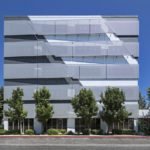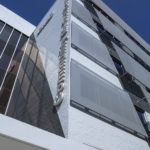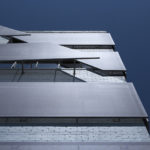Company:
Structurflex LLC Kansas City, MO
Project Details
Fabric 1
PVC Mesh
Producer:
Serge Ferrari North America Inc.
Design Name
Pail Snustead
Design Company
STRUCTURFLEX LLC
Architect Name
Michael W. Folonis
Architect Company
Michael W. Folonis Architects
Fabrication Company
STRUCTURFLEX LLC
Subcontractor Company
STRUCTURFLEX LLC
Project Manager Name
Tim McFadden
Project Manager Company
STRUCTURFLEX LLC
Installation Company
STRUCTURFLEX LLC
Please describe the project specifications
Renovation of a very dated five-story, 60’s era medical office building in Los Angeles, California.
What was the purpose of this project? What did the client request?
A complete exterior renovation by the architect revealed that water infiltration had caused structural damage to the existing horizontal plaster awnings; removing them was a costly process that consumed much of the project budget. This left a relatively tight budget to modernize the look of the dated facade and improve the cost of mechanical cooling of the interior. Installing all new windows and HVAC equipment was too costly. Installing new perforated metal screens over the windows was an idea to reduce solar heat gain and modernize the facade but this was too very heavy and costly as well.
What is unique or complex about the project?
Working with the architect and the City of Los Angeles, we helped create an value engineered tensile fabric mesh facade screen over the windows supported by a lightweight aluminum structure with steel standoffs. The fabric was a class "A" fire rated material passing the ASTM E-84. The resulting “floating skin” provides patient privacy and reduces solar heat gain from the blistering California sun, as well as reducing interior glare. The panels are composed in a specific way to reflect the architects’ vision of suggesting gestural strokes of paint which radically changed the facade of this facility.
What were the results of the project?
The results were extraordinary! The facade was sexy, modern and looked like an expensive metal mesh at half the cost installed. Using tensile fabric mesh instead of traditional metal mesh or perforated metal saved the client nearly 50% of the cost to install this facade screen. Also the tensile fabric mesh skin was also significantly lighter than metal facades requiring a much lighter structural system. This was a very GREEN solution because it not only reduced the amount of mechanical cooling of the interior, but the fabric required a lower embodiment of energy to produce than a traditional metal screen. Furthermore, the entire tensile fabric mesh system is 100% recyclable, making it particularly attractive for buildings in locations – like Los Angeles – with strict environmental regulations.
Content is submitted by the participant. IFAI is not responsible for the content descriptions of the IAA award winners.
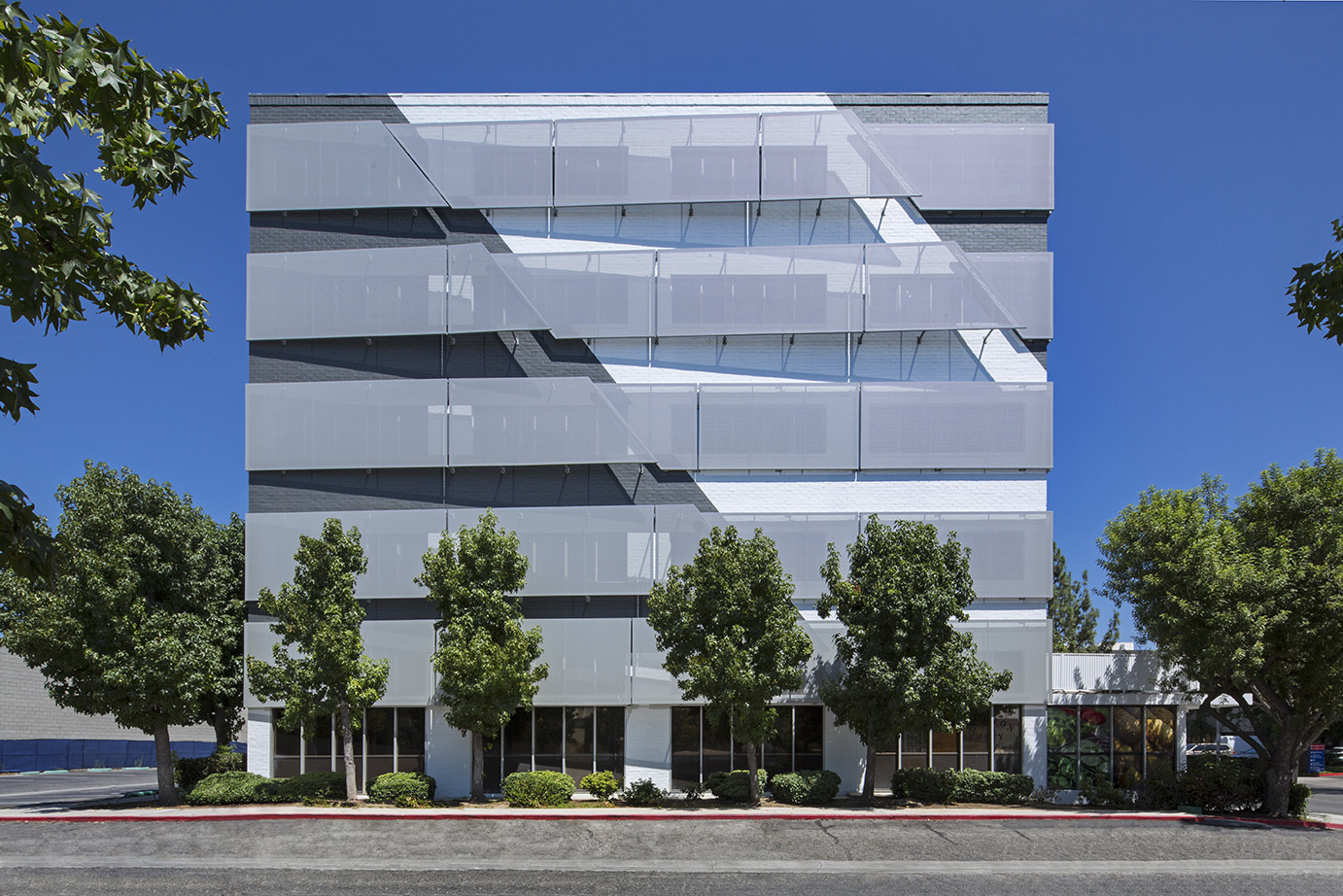
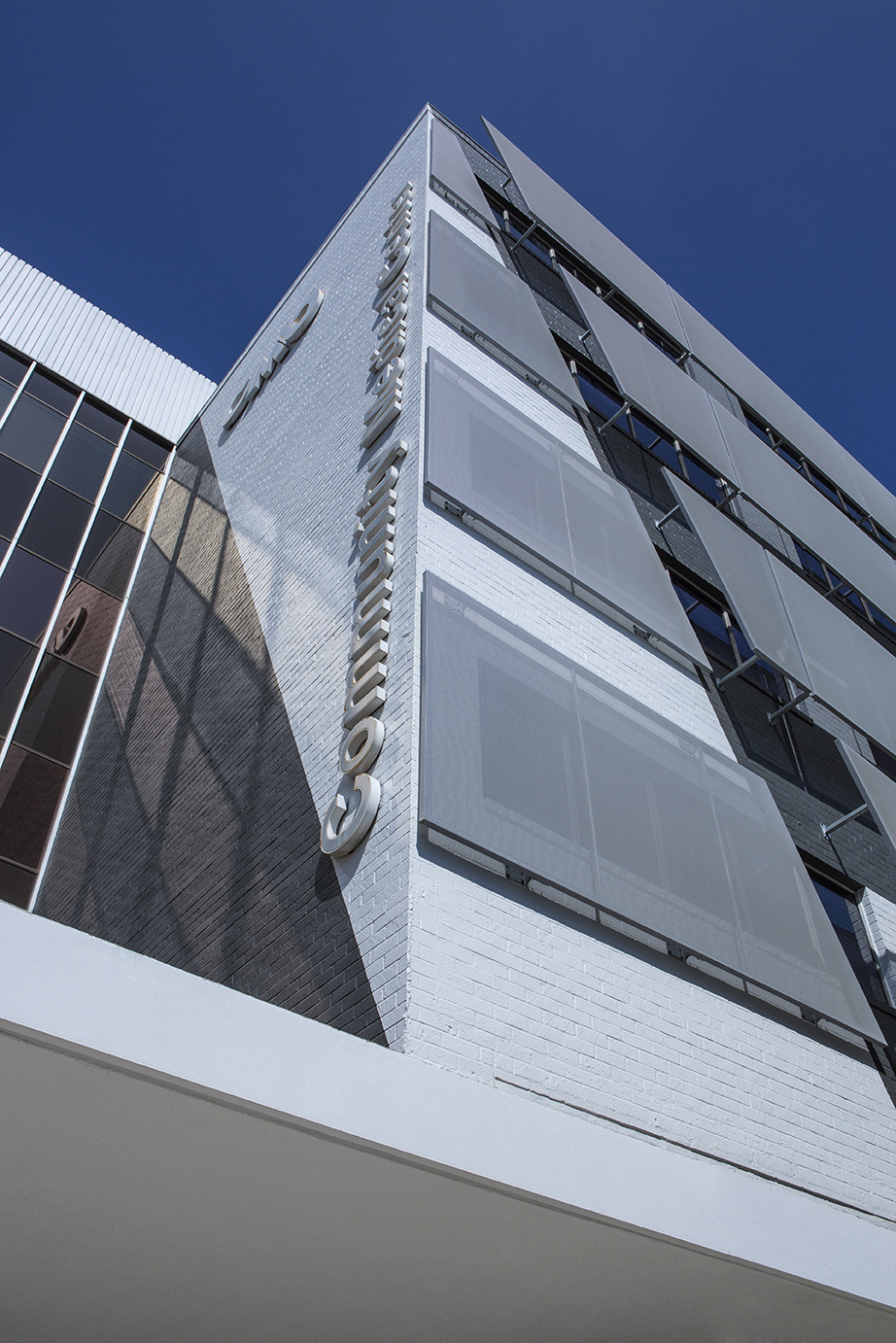

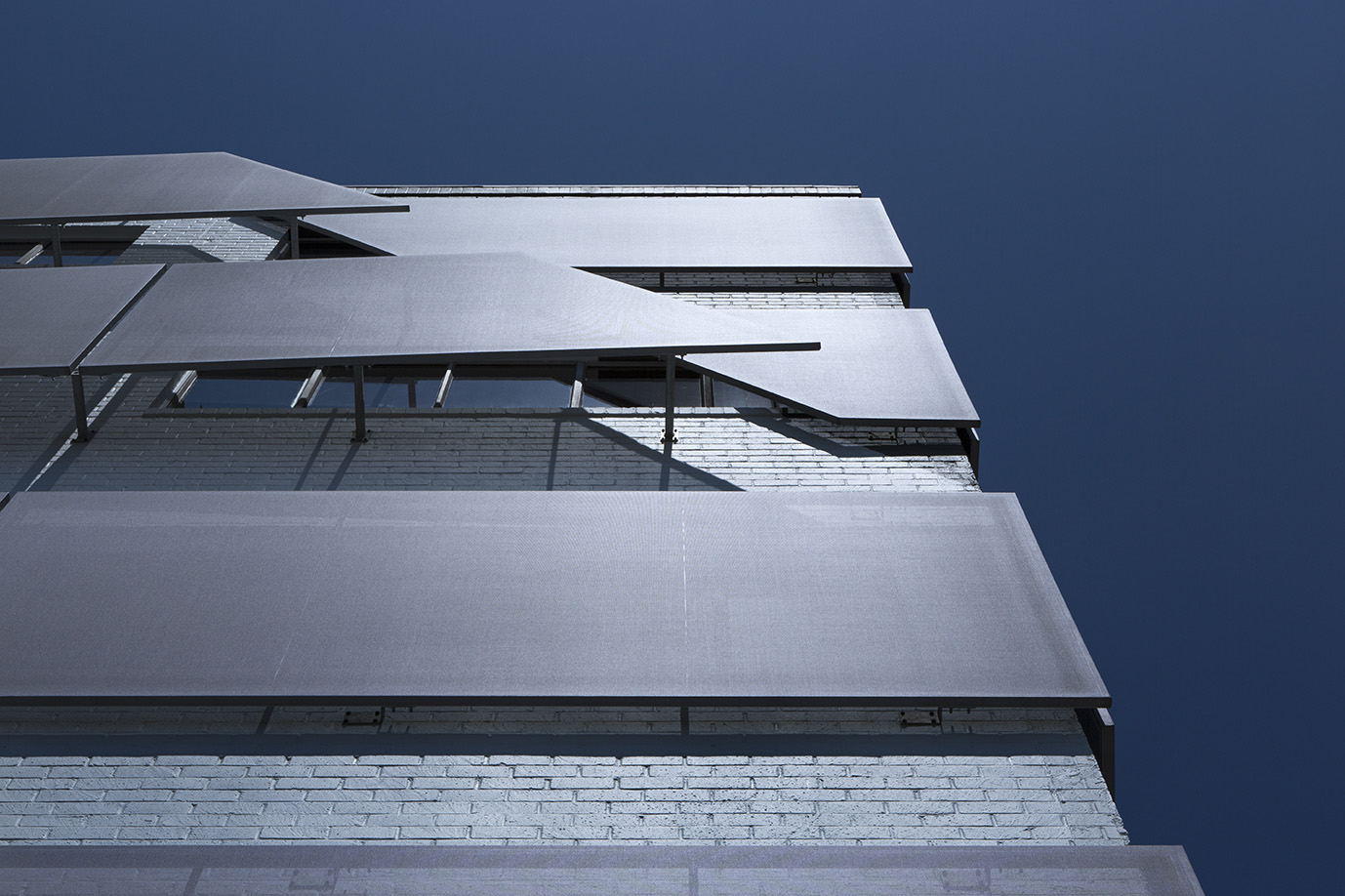
 TEXTILES.ORG
TEXTILES.ORG



